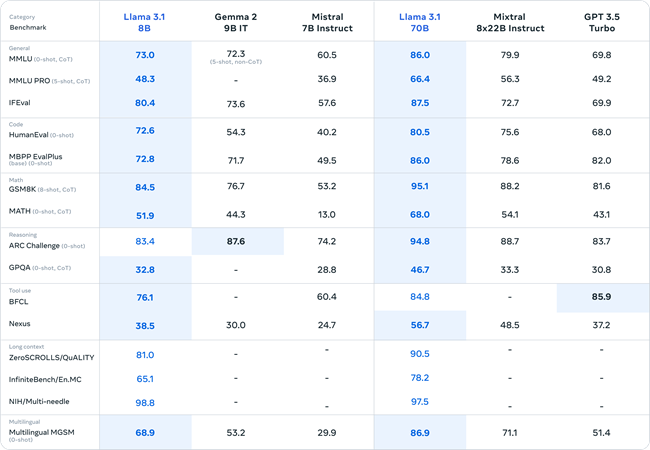Introduction:
Meta, the parent company of Facebook, has taken a different approach with its artificial intelligence (AI) endeavors by opting to make the new Llama 3.1 large language models (LLMs) open source, rather than following the proprietary software route. This move sets Meta apart from the likes of OpenAI, Microsoft, Anthropic, and Google, who are developing commercial AI products and services on a subscription basis.
Meta's Strategy:
Mark Zuckerberg, the founder of Meta and chief executive, emphasized the importance of open source in a detailed blog post on the launch of Llama 3.1. Drawing parallels with Linux, which is also open source, Zuckerberg highlighted how open-source technologies have created vast ecosystems, from personal devices to the cloud.

Zuckerberg also took a swipe at Apple, noting that building services on Apple's platforms has posed constraints. This comes as Apple increases its focus on AI products and services. To compete effectively, Meta has chosen to release Llama 3.1 as a free and open-source solution.
Llama 3.1 Features:
The new Llama 3.1 models come in three versions: 8 billion parameters, 70 billion parameters, and a massive 405 billion parameters. Additionally, the context length has been extended to 128,000, enhancing the models' reasoning capabilities.
Parameters are the numerical values the model learns during training, allowing for more complex responses with increased parameter counts. These models have been designed to be multilingual and are based on training data up to December 2023.
Open Source Nature:
There have been discussions regarding the openness and usability of Llama, but the models have shown promising performance against other models. Moreover, Llama 3.1 is available under the permissive Apache 2.0 license, enabling free usage, modification, and distribution.

Users can easily download the model and run it on their own machines, leveraging tools like Ollama for efficient management of multiple LLMs via the command line interface.
Hardware Requirements:
While Llama 3.1 can utilize high-end graphics cards and substantial memory resources, it remains adaptable to a range of hardware configurations. However, the 405 billion parameter version requires extensive computational resources, making local deployment impractical for most users.
:max_bytes(150000):strip_icc()/MarkZuckerberg_Final-dcd1c3a987b54c029307555386c19dcd.png)
Accessing such high-parameter models often necessitates cloud services or APIs provided by platforms like Meta AI. These cloud-based solutions offer accessibility without the need for significant local infrastructure.
Practical Applications:
Llama 3.1 can be fine-tuned for various applications, including chatbots, virtual assistants, content generation, image processing, and language translation. Meta showcases numerous use cases highlighting the versatility of these models.
Conclusion:
In conclusion, the advancements in AI technology, as demonstrated by Llama 3.1, underscore the importance of open-source initiatives in fostering innovation and accessibility within the AI community.




















